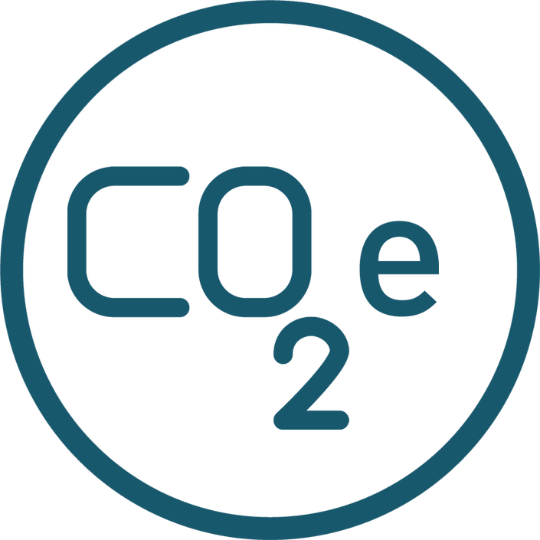
Natural GHGs
Most of the GHGs come from natural sources. Natural GHGs include water vapor (H₂O), or water in a gas form, and is derived from evaporation which forms cloud and rains back on Earth; this is part of the natural water cycle.
Carbon dioxide (CO₂) originates from various natural and human-induced sources. Natural sources include respiration, volcanic eruptions, and oceanic processes. Human activities, such as burning fossil fuels, deforestation, and industrial processes, also significantly contribute to CO₂ emissions.
Methane (CH₄) may come from various sources but mainly cattle and wetlands.
Ozone (O₃), is a gas created up in the atmosphere after a chemical reaction with dioxygen (O₂) and sunlight. The well-known ozone layer helps protect us from harmful UV light coming from the Sun. Finally, Nitrous oxide (N₂O) is a natural part of the Nitrogen cycle and is made up by bacteria, mostly from our oceans.


